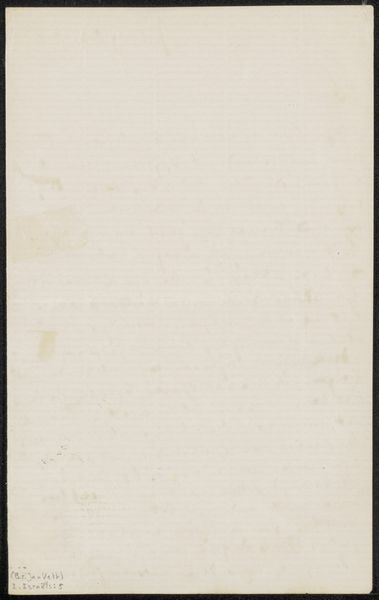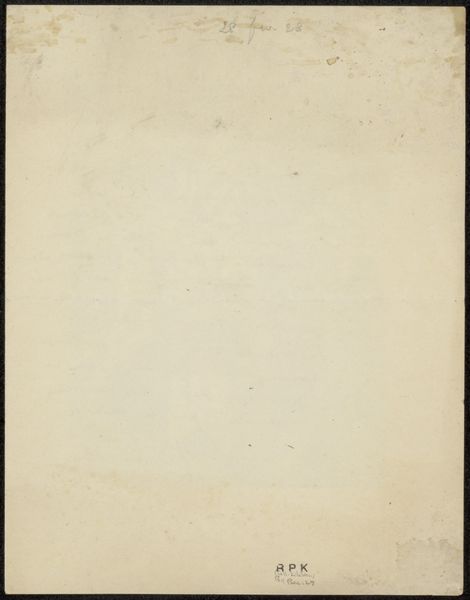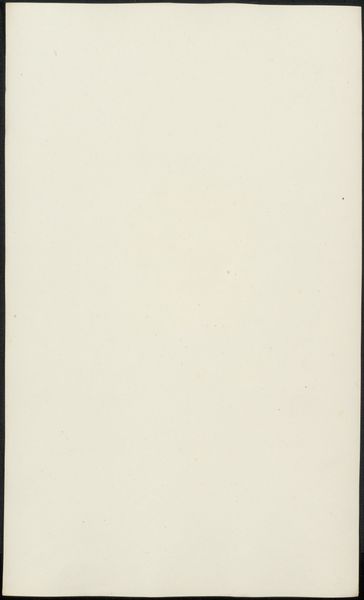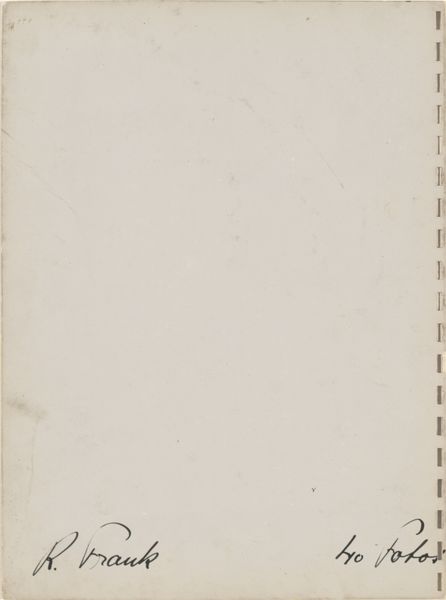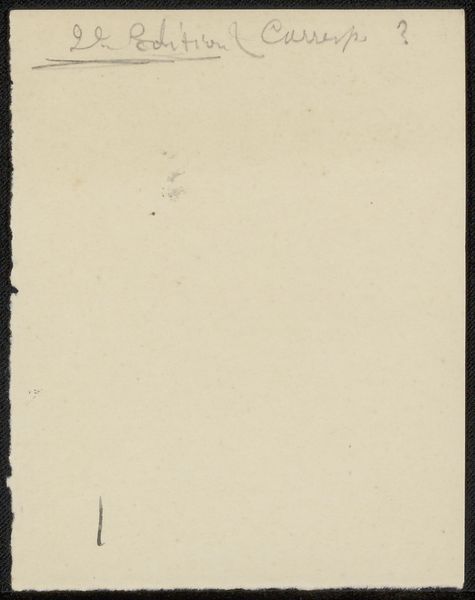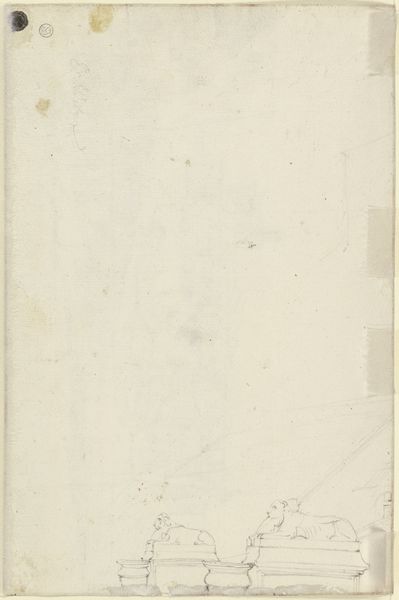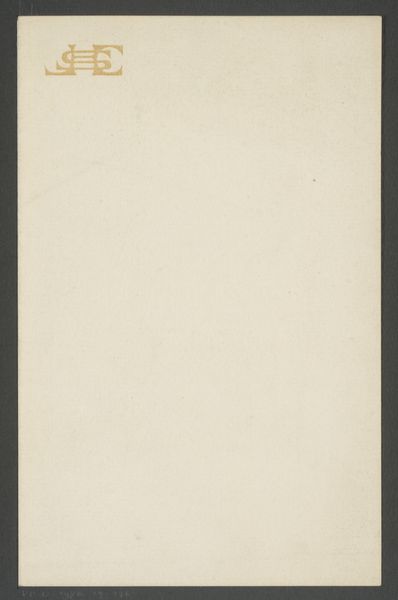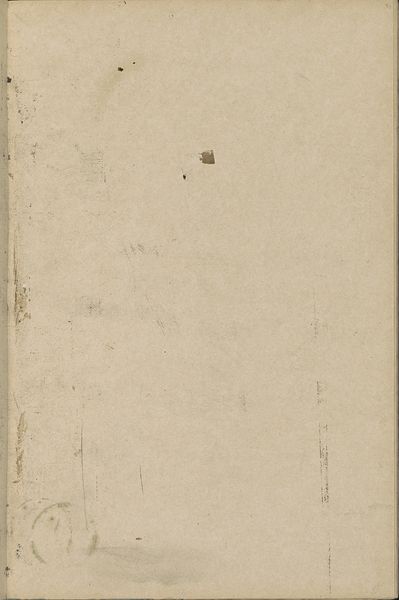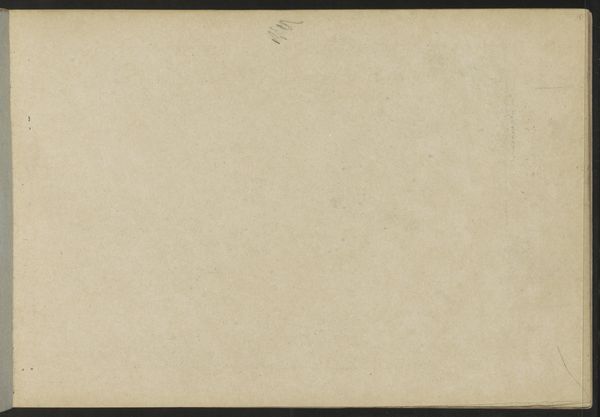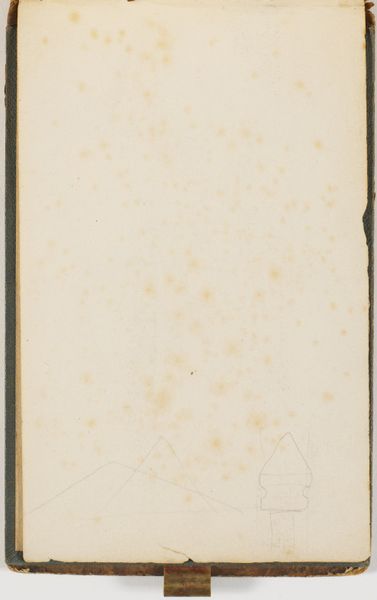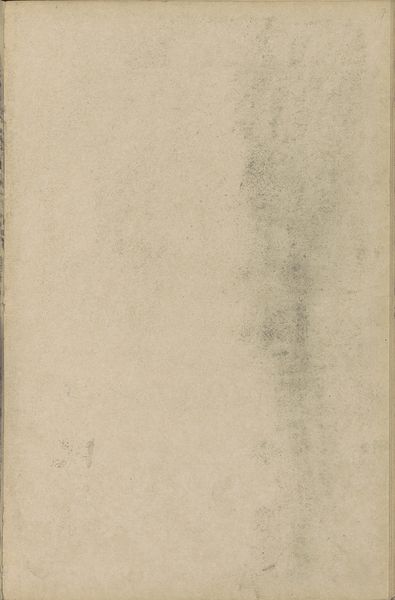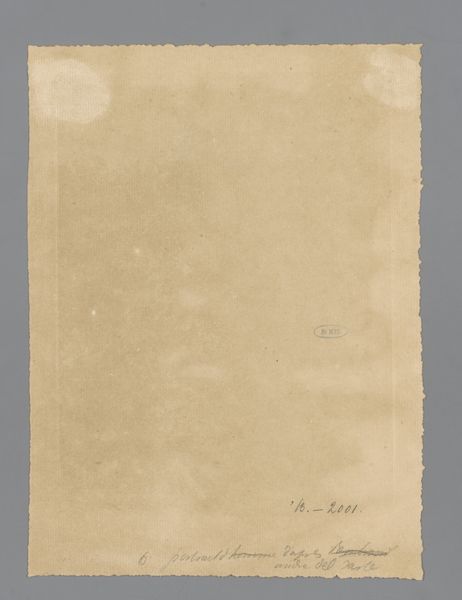
print, paper, photography
#
portrait
# print
#
paper
#
photography
#
monochrome
Copyright: Rijks Museum: Open Domain
Curator: We're looking at "Brief aan Etha Fles," a print made sometime between 1895 and 1898 by Jan Veth, here in the Rijksmuseum. Editor: My first thought? Bleak. The blankness is oppressive. What's going on here? Curator: Well, technically, it’s a photograph of a letter – so we’re dealing with a reproduction removed by at least one step from the original document, layered in the visual language of monochrome photography. Editor: A letter to whom, exactly? This Etha Fles. Tell me about the social dynamics, the intended audience. What was her status in relation to Jan Veth? Curator: Etha Fles was the first female art historian in the Netherlands. Knowing Veth’s deep engagement with socialist ideals, and given the constraints faced by female academics at the time, it’s quite plausible that this correspondence addresses the power structures of the art world and perhaps strategies for Etha to navigate them. Editor: So, we’re encountering layers of exclusion, aren’t we? First, whoever isn't privy to their conversation. Then us, since it's an unavailable document, obscured by photographic re-rendering. Curator: Precisely. This "Brief" invites a very different kind of viewing than, say, Veth's portraits. Consider the materials too: paper, photographic chemicals, and the mechanics of printmaking are rendered almost ghostly, drawing attention to the often-overlooked processes behind art production. The materiality reveals much of art's reliance on material availability and consumption. Editor: And its institutions. How and why was it acquired and by whom? By obscuring, the photograph seems to prompt scrutiny, and, more broadly, invite questions about the choices inherent in all forms of artistic communication and documentation. Curator: Absolutely. It makes us consider what art *is*, what defines its value, and the ethics involved in interpreting a silent conversation. Editor: I find that particularly thought-provoking. The silent exchange seems to question the museum's power over documentation and disclosure, especially with regard to private correspondence. Curator: Ultimately, the photograph serves as a reminder that even seemingly simple artworks can conceal complex networks of labor, power, and social exchange.
Comments
No comments
Be the first to comment and join the conversation on the ultimate creative platform.
